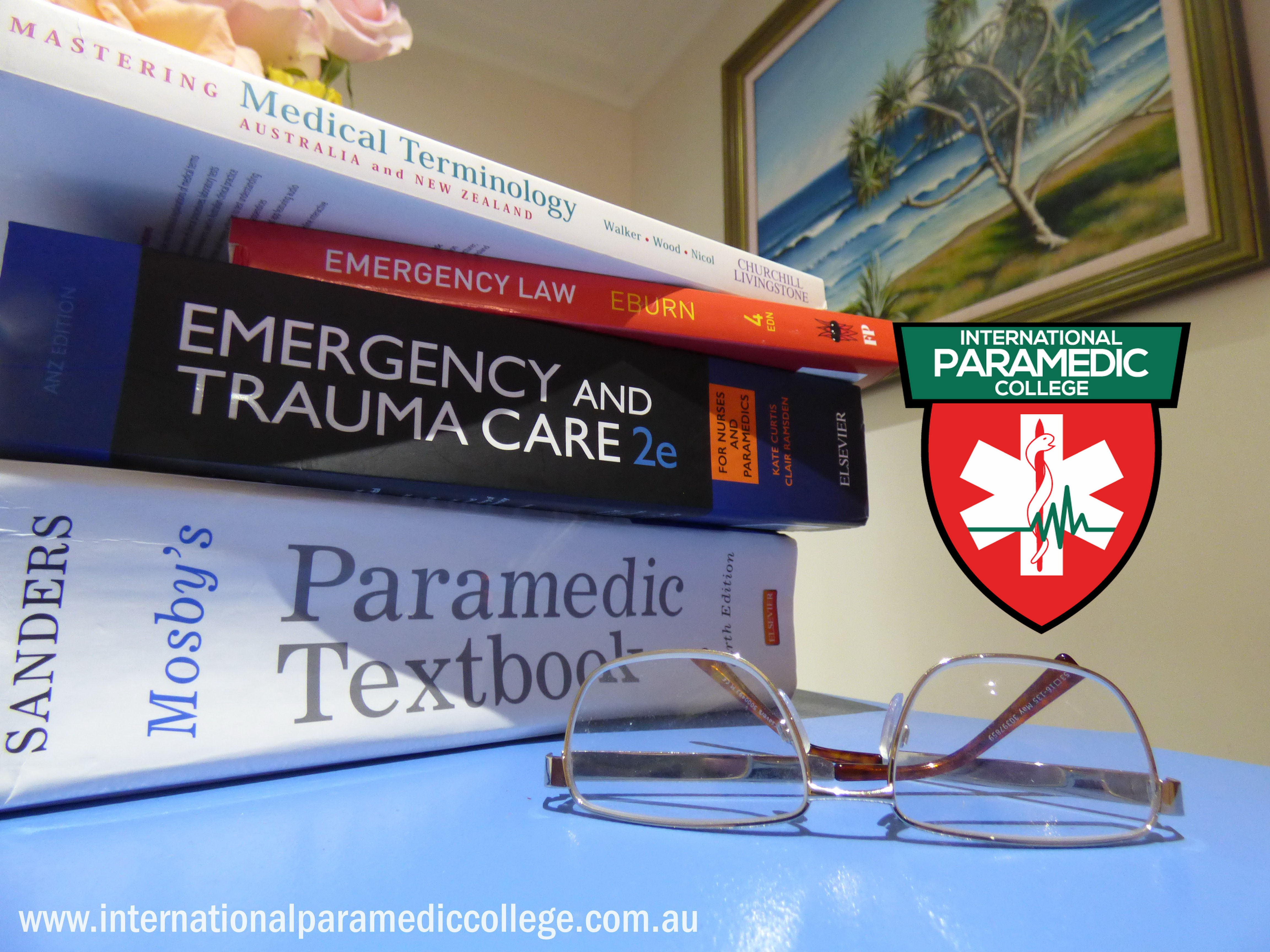
 Vocational Education and Training (VET) in Schools: A Pathway to a Fulfilling Career in Paramedical Services
Vocational Education and Training (VET) in Schools: A Pathway to a Fulfilling Career in Paramedical Services
Vocational Education and Training (VET) in schools has emerged as a crucial component of education, providing students with hands-on experience and practical skills that can prepare them for future careers. In recent years, there has been a growing interest in using VET as a platform to introduce students to potential career choices and as a stepping stone for pursuing higher education. This article explores the significance of VET in the latter years of high school, with a focus on how it benefits aspiring paramedical students. We will also discuss the use of the Australian Tertiary Admission Rank (ATAR) for acceptance into university for the HLT31220 Certificate III in Basic Health Care or HLT2120 Certificate II in Medical Service First Response.
1. Understanding VET in Schools
VET in schools is an educational program that allows high school students to undertake practical, hands-on training in specific industries and professions. It offers students a chance to gain valuable experience while completing their secondary education. The Australian education system has embraced VET as an integral part of the curriculum, recognising its ability to foster employability skills and enhance career prospects.
2. The Benefits of VET in the Latter Years of High School
2.1 Exploring Career Interests
The latter years of high school are a crucial time for students to make decisions about their future career paths. VET programs offer an opportunity for students to explore various industries and vocations, helping them discover their true interests and passions. For those interested in the medical field, VET can serve as a window into the world of paramedicine.
2.2 Practical Learning
Traditional classroom learning alone may not suffice to prepare students for real-world challenges. VET brings a practical dimension to education, enabling students to develop hands-on skills and practical knowledge that employers value. This experiential learning can be especially beneficial for future paramedical students who will often face critical situations where quick thinking and practical know-how are essential.
2.3 Smooth Transition to Higher Education
For students aspiring to pursue further studies in paramedical fields, VET acts as a bridge between high school and university. It provides a solid foundation that can ease the transition into more advanced healthcare-related courses. VET graduates often find themselves better equipped to excel in university studies due to the practical knowledge they have acquired.
3. VET in Schools for Paramedical Students
3.1 Building Fundamental Skills
Paramedicine demands a specific set of skills, including first aid, patient assessment, and medical emergency response. VET courses tailored to paramedical services focus on imparting these fundamental skills to students, setting them on the right path to becoming competent medical responders.
3.2 Exposure to Real-Life Scenarios
One of the significant advantages of VET in paramedical services is the exposure to real-life scenarios. Simulated exercises and practical training in VET programs allow students to experience what it’s like to work in emergency medical situations, preparing them for the challenges they may face in their future careers.
3.3 Industry-Relevant Certifications
Upon successful completion of VET courses, students receive industry-recognised certifications such as HLT31220 Certificate III in Basic Health Care or HLT2120 Certificate II in Medical Service First Response. These certifications validate their competence and can enhance their employability even before they enter the workforce, and can be completed 100% online from anywhere in Australia.
4. The Role of ATAR in Acceptance to Paramedical VET Courses
4.1 ATAR as an Admission Criterion
The Australian Tertiary Admission Rank (ATAR) is a ranking used by universities to assess and compare students’ overall academic achievements relative to their peers. In some cases, ATAR is considered when determining eligibility for certain VET courses, including those related to paramedical services.
4.2 Holistic Assessment of Applicants
While ATAR may be a criterion for acceptance, it’s essential to note that VET providers and universities often take a holistic approach when considering applicants. This means that other factors, such as relevant work experience, extracurricular activities, and motivation for the chosen field, may also play a vital role in the selection process.
Vocational Education and Training (VET) in schools has emerged as an excellent pathway for high school students, particularly those interested in pursuing careers in paramedical services. By providing practical learning experiences, exposure to real-life scenarios, and industry-relevant certifications, VET equips students with the necessary skills and knowledge for success in the medical field.
For aspiring paramedical students, VET serves as a taster for their future careers, allowing them to explore their interests and passions. Moreover, VET acts as a stepping stone to higher education, easing the transition into more advanced healthcare-related courses at the university level.
While the ATAR may be considered for acceptance into paramedical VET courses, it is crucial to recognise that VET providers and universities value a holistic assessment approach. Therefore, students should focus on building a strong foundation through VET, showcasing their passion for the field, and demonstrating relevant skills and experience when applying for further studies.
Overall, VET in schools presents a promising avenue for students to embark on a fulfilling journey towards a career in paramedical services, enabling them to make a positive impact on people’s lives through their skills and compassion.
